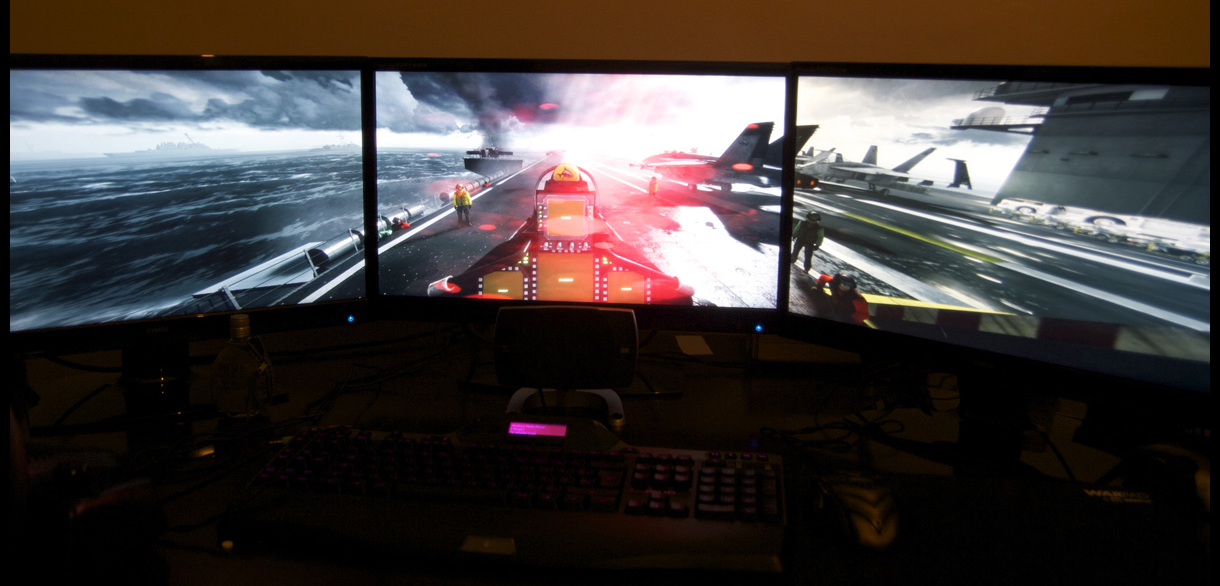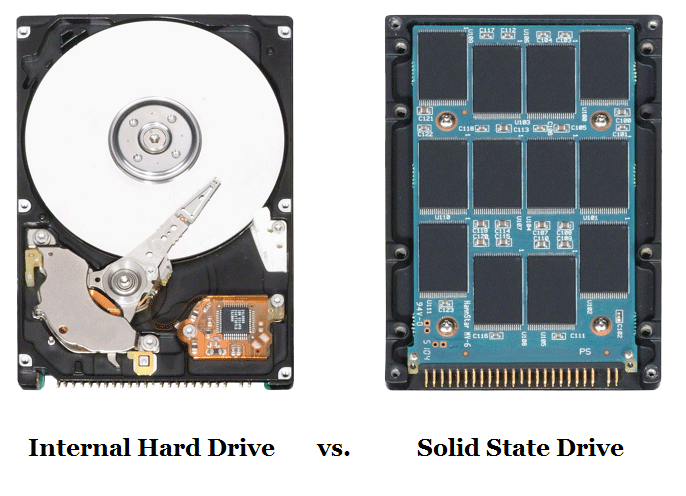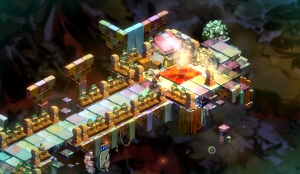While the concept of “media relations” is just one of many key aspects within the world of PR, it is undoubtedly a more crucial component. However, in all our time speaking with journalists and setting up interviews, we seldom get the chance to really question those editors back in a formal Q & A of our own. After agreeing to an interview because he’d “love to inflict transcription on someone,” I had the chance to catch up with Joystiq Editor-in-Chief Ludwig Kietzmann over a San Franciscan brunch where, between delicious cinnamon French toast bites, we discussed his views on where the games industry is going and how PR pros can get his attention. And one more thing, journalists, this transcription thing you all do—I tip my hat off to you.
David: Thank you for taking the time to chat, I’m sure you’re very busy. You are busy, right?
Ludwig: Umm…I don’t think I have anything to do today. I was going to do my laundry; I probably wanted to clean my apartment.
D: Were you going to do anything with the website at all?
L: What website? Oh crap, that thing… I better go.
D: Well first off, you’re brand new to San Francisco in a sense. You’ve been here how long now?
L: Well I’ve been here multiple times through 6 or 7 years, I usually cover GDC, so I’m familiar with the city but this is my first time living in it. I’ve been living here for about two months and, in one of those months, in the apartment that I’m going to stay in forever.
D: Forever? Sounds like you’ve staked out your district, very cool. Why San Francisco? You came all the way from South Africa, you could have went to New York.
L: I could have. I could have gone to any place in the middle of U.S—Chicago. I could have gone to Las Vegas or Miami. San Francisco seems like the obvious choice because it’s really the industry hot bed. I mean I think there’s a lot of contacts here, a lot of events, a lot of coworkers… oh yeah Dave Hinkle – he works here, it’s nice to have some back up for him rather than have him cover everything.
D: Dave Hinkle… I don’t know about that guy sometimes [laughs].
L: I don’t know, I’m getting to know him for the first time now [laughs], and in close proximity. But like I said, it makes sense to me. We needed someone to cover the news cycle in this time zone because we try to have this side updated throughout most of the day. It slows down obviously when everyone goes to sleep, that’s really convenient. And the city, it’s one of my favorite cities in the U.S. Of all the major cities I’ve visited, I really like this one. I like the weather. I like the architecture, the very nature of the neighborhoods.
D: You’ve been in this… game, as it were, for quite a long time. What are some of the favorite types of games you like to review? What are your favorite genres, if you had to pick a few?
L: I like a lot of genres. I wouldn’t specifically lock myself down to specific stuff because, usually, I’ll be interested in certain aspects of all kinds of games. I find it that the games that are most fun to review are the ones that are sort of middle-of-the-road. We could sit down and write a dashing review like, “Oh my God this game is amazing. It blew my mind, it blew all parts of my body, I can’t believe that the amazing stuff of this game is almost perfect.” Or the game was like, you slam it because you hated it, you hated everything about the game. Those kinds of reviews come out really easily but the ones that are, you know, a little bit more mixed, you really have to think about what you’re going to say. How are you going to convey what’s good and what’s bad about it, sort of give the game a fair chance to be judged whether or not it was successful or what it wanted to do. Those games are the most interesting to review, and those are usually my favorite games—ones that are bold but imperfect. D: What is it that you would want to see more of from developers and publishers, from a journalistic standpoint? What can they do to help you guys do your job? And also from the development side, is there anything that you would like to see that hasn’t been done yet or something that you don’t see enough of?
D: What is it that you would want to see more of from developers and publishers, from a journalistic standpoint? What can they do to help you guys do your job? And also from the development side, is there anything that you would like to see that hasn’t been done yet or something that you don’t see enough of?
L: If they want to make my job easier, they would let down some of the barriers. There are many channels you need to go through, which are very regulated and strict and slow. Giving us the access to games and inviting us to studios, showing us how the game is made—we don’t necessarily have to write about everything, we aren’t looking for every single little detail to throw on our front page—we want context and see how a game is shaping up; it increases our understanding of the game. That’s how Hollywood works; Hollywood doesn’t keep quiet about certain aspects of the movie. Like “we can’t tell you who is the actor, we know who it is, but we aren’t going to announce it until two weeks before the movie comes out.” That never happens with Hollywood. They are excited to talk about their movie. I want game development to be like that, more open so that we can see stories that are interesting, have some more transparency so that we can spot those things and write about them and aid the profile of the game; I think that’s a win-win scenario.
As for development, I think the biggest danger facing popular big-budget games right now is that it’s sort of designed by a committee. I feel like there are so many factors that need to be considered in terms of budget, and reach, and satisfying the audience. Studios are almost too terrified to try things that might rub ten percent of the players the wrong way. What may have been an interesting idea gets watered down because there is a need to placate everyone. That pipeline of game design which goes through a bunch of people who test the game and make sure that everyone will be happy with it—that makes a good game, it makes for a good game design, it’s important but you could really stomp some of your passionate ideas flat though. You lose out on spikes, and I think games with spikes that maybe rub you the wrong way sometimes will make you feel some kind of emotions whether it’s frustration or elation. That’s something that you lose when you smooth it all out and put it on a nice curve. Those games are valuable, but I think that the expensive crazy ideas are something that will eventually lose. We’ll see [crazy ideas] in indie games…
D: Definitely. There’s been a huge surge of those in the last couple of years. We’ve seen Limbo, Braid, we have Fez coming out, there’s a lot of creativity out there from a lot of developers that aren’t afraid to try things because they don’t have that high budget. They also don’t have those fans.
L: Exactly. The only studios that maybe don’t get enough credit for making crazy big budget games are some of the Sony studios, like The Last Guardian and Shadow of the Colossus. Those are unusual ideas to be spending a ton of money on. Mass Effect, I think, deserves more credit because they are spending a lot of money…
D: Are you saying they don’t get enough already [laughs]?
L: They are spending a lot of money on things that players might have not even seen. That is the most impractical kind of game design that there is. I would be very surprised if we kept seeing games like Mass Effect, like especially to that scale. Ubisoft Montreal, honestly, they do a lot of sequels but one of their games is a historical action game with multiplayer. You know, Assassin’s Creed. Yes, it’s a popular franchise but, in the grand scheme of things, it’s a very unusual concept and they went with it and that is something to be celebrated. D: Tell me, what is the most outrageous pitch you’ve ever received? There’s got to be one out there.
D: Tell me, what is the most outrageous pitch you’ve ever received? There’s got to be one out there.
L: You know, there was one recently where someone pitched us interviewing Vern Troyer because he’s a gamer, he can totally talk about games—he has opinions about games, “wouldn’t that be fun to talk about on Joystiq dot com?”
D: So does Ice-T!
L: Right, so does everyone who’s played a game. But because they’re a celebrity now it becomes a pitchable thing.
D: But he is probably the shortest person you might have interviewed.
L: Oh, you know, I should have gotten him because I definitely want to interview someone who is shorter than I am. For once.
D: Where is the game industry headed right now? There’s been a lot of news lately, what are some of the trends that you’re seeing? How do you think gaming will evolve as an industry within the next 5 years?
L: Umm, I think better graphics—I’m kidding. Better algorithms, cooler AI… no, kidding. What’s going to happen I think is that we’ll see a lot more established franchises transition into venues that you don’t normally associate them with, like iPhone—which is a super wide platform—free-to-play stuff, casual-oriented stuff… you’ll see that happening because I think the elephant in the room of the game industry, as it were, is that there are way too many games and you run into the point where there’s a limited pool of resources from your customers that only have X number of hours and X number of dollars in their bank account. Whenever someone buys a sixty dollar game it means they’re not buying the four other games that came out on the same day, and that just isn’t sustainable. And that’s why you’re seeing studios going under, like Bizarre and Black Rock Studio, because that sort of system is rejecting them even though they still have good products and the critical acclaim is there, and even sometimes the marketing is there yet it doesn’t work because you’re just dealing with limited resources.
D: And too many choices.
L: And that’s the problem, the industry is sort of almost over-delivering for the needs of the players and if they could just scale back—not necessarily the ideas—but just scale back in terms of the quantity of games they put out and that some executive approves, because they think it’s a hole that needs to be filled in the market… that’s the problem, that’s why platforms like iPhone are ultra-wide and easily accessible to many people who are more supportive of more games. I don’t think you’ll ever lose hardcore games because the people who make them want to make those kinds of games, you know, just as a creative impulse.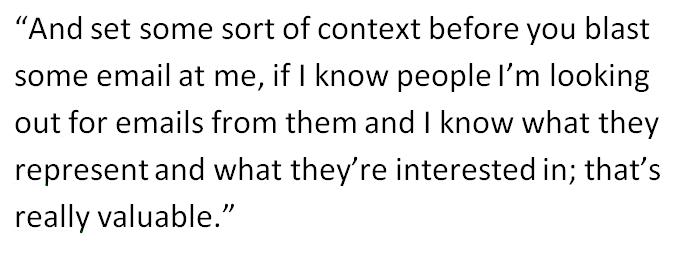
D: So for the PR pros out there, what kinds of subject lines get your attention? Is my “all caps and lots of exclamation points” system not working out for you?
L: [laughs] So, here’s an important thing—and you’ll be surprised that this does not always happen—having a game title in the subject line. I need to know that I’m reading about a game, I need to know that immediately. I think subject lines that are tailored to me, and by people who understand what Joystiq usually covers, that’s how you’ll get our attention. We get a lot of headlines and stuff, or emails and pitches, of things that if someone had read [Joystiq] they would know that we would never write about it.
D: Any examples that you can think of off the top of your head?
L: Like movies, I get stuff about movie stars being in town and if I’d like to interview them and I’m like “well no,” obviously, because we don’t do that. We have a hardcore focus on Joystiq so I think that should guide pitches coming in. Having a prior connection with a public relations person also helps a lot, don’t just kick down my door with a pitch immediately, introduce yourself and tell me who you are and what kinds of games your company is dealing with…
D: You mean, have manners and be proper?
L: Right! And set some sort of context before you blast some email at me, if I know people I’m looking out for emails from them and I know what they represent and what they’re interested in; that’s really valuable. And if you’re wacky, just make sure that you’re not so wacky to the point where it becomes hard to decipher any information from your email.
D: Well that’s about it, thanks for your time! Anything else you’d like to add?
L: Be optimistic! Exclamation point!

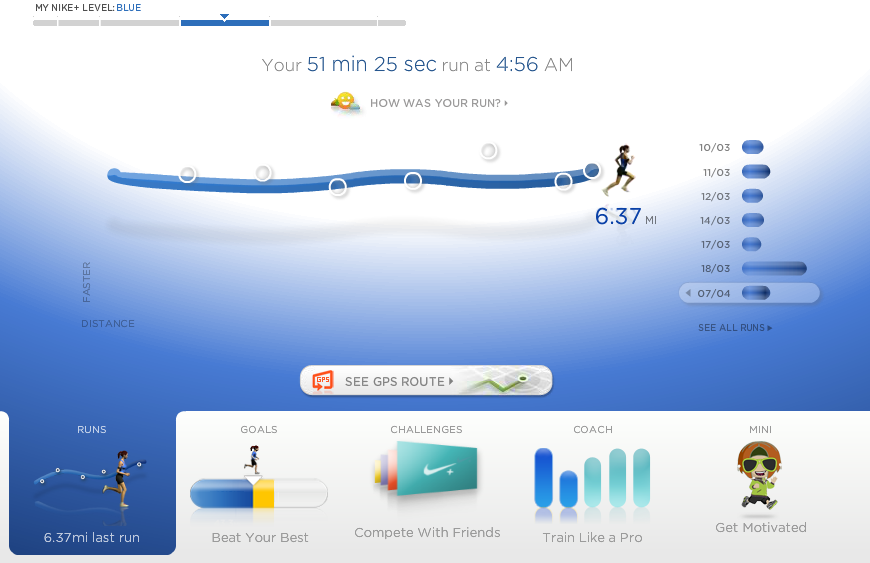



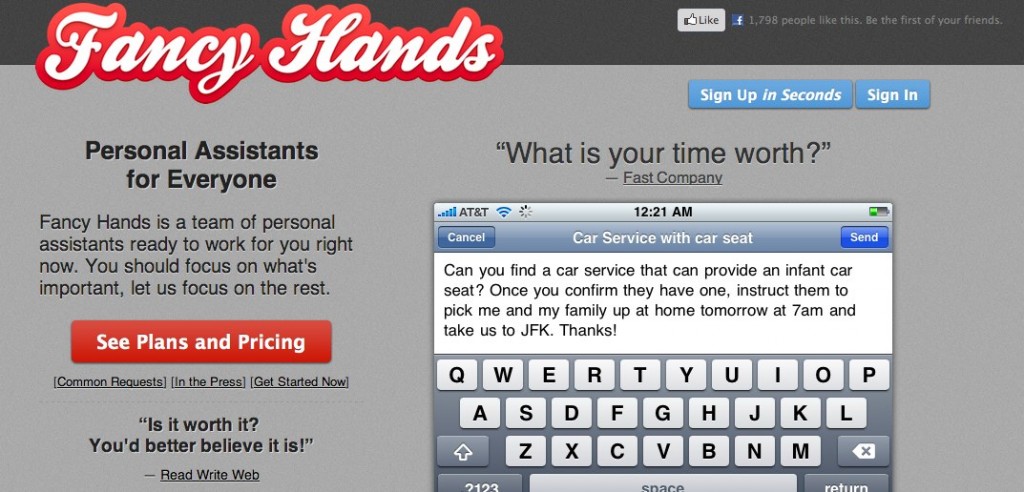

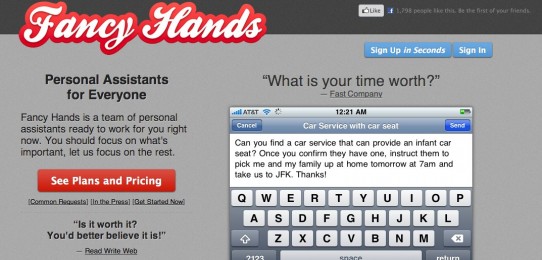
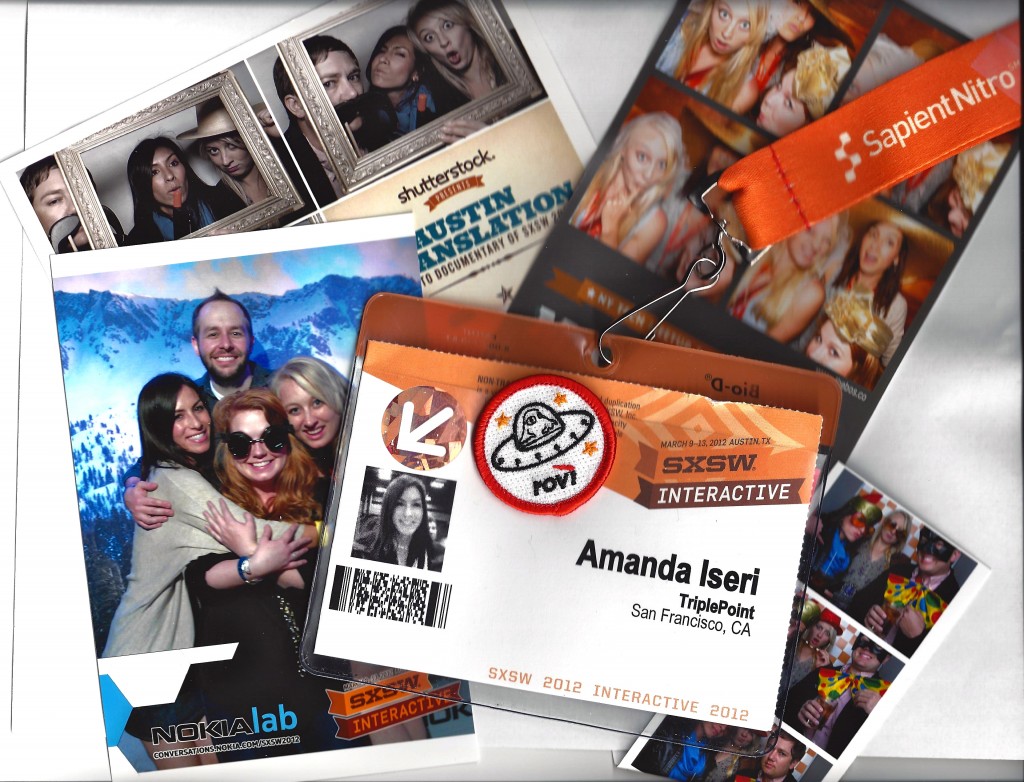

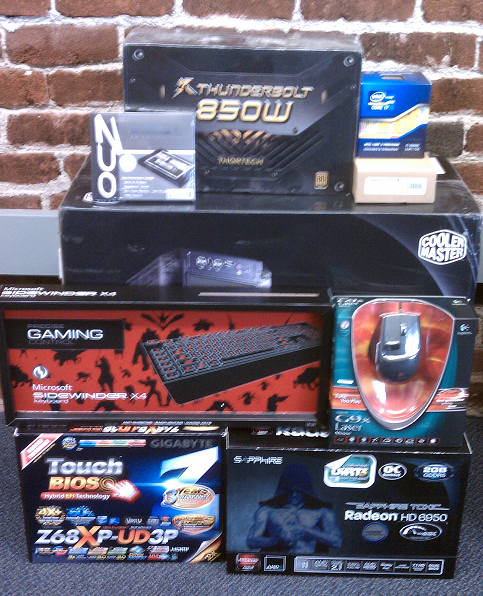
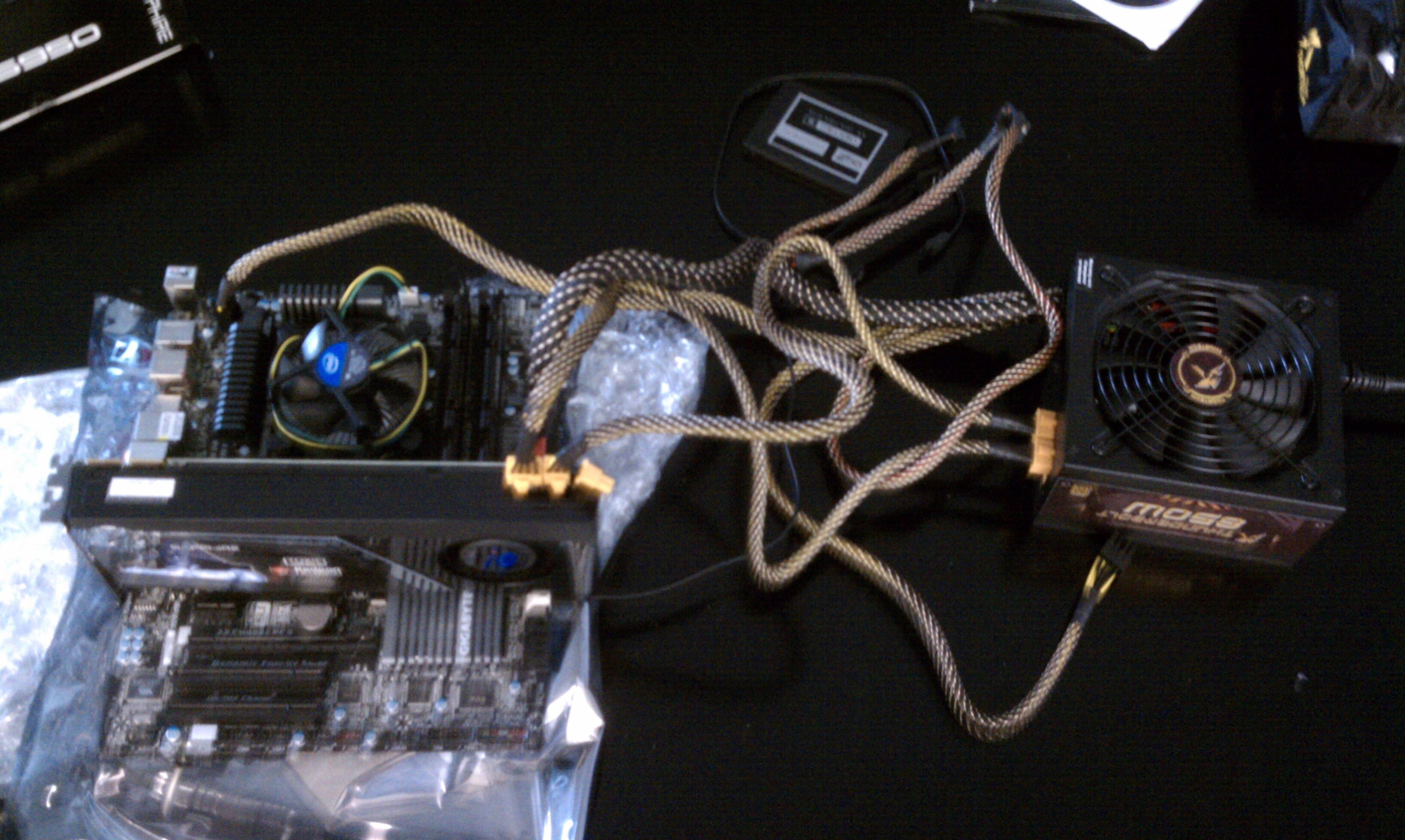
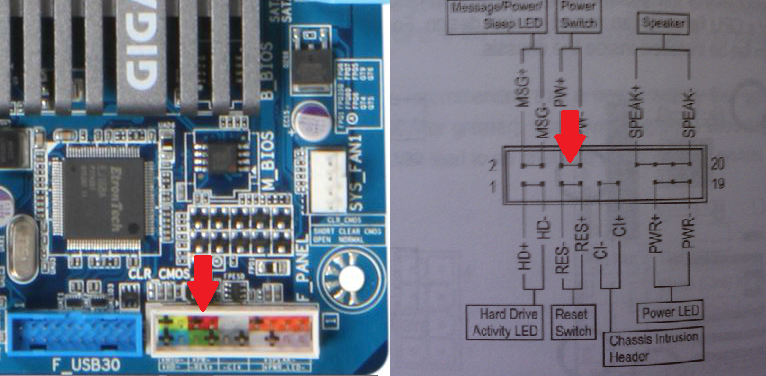
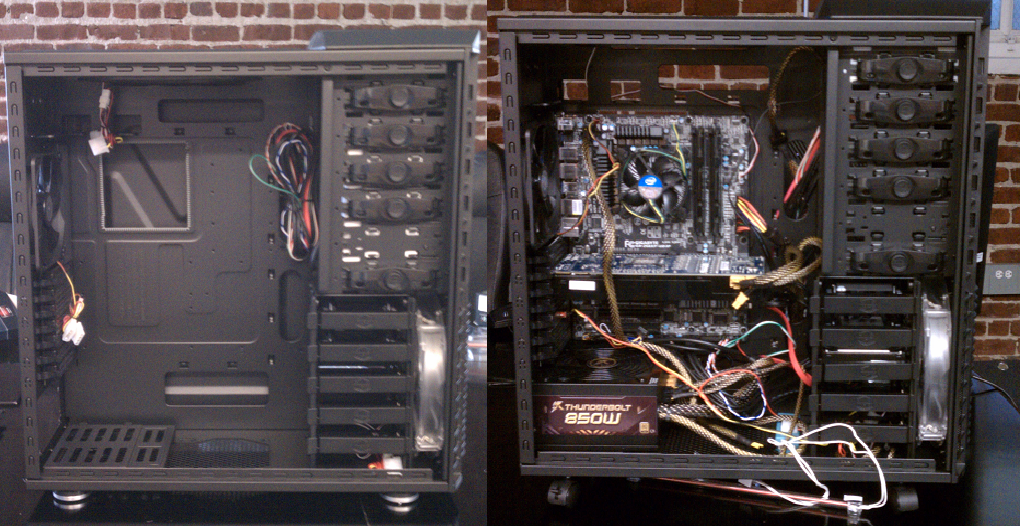
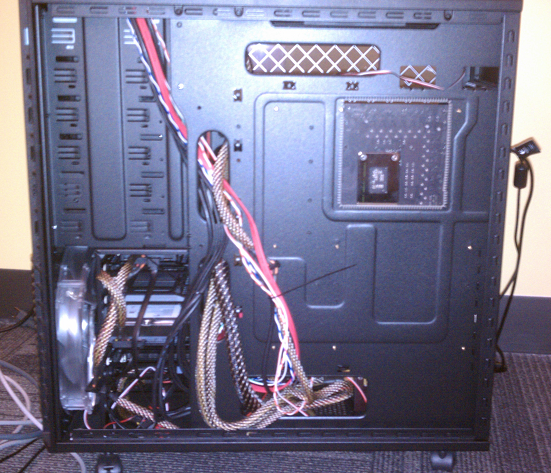
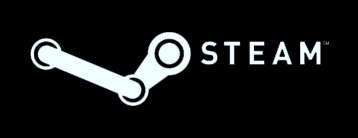

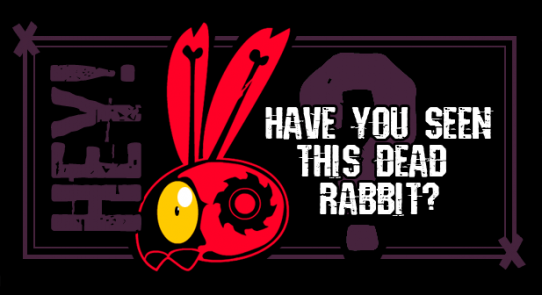


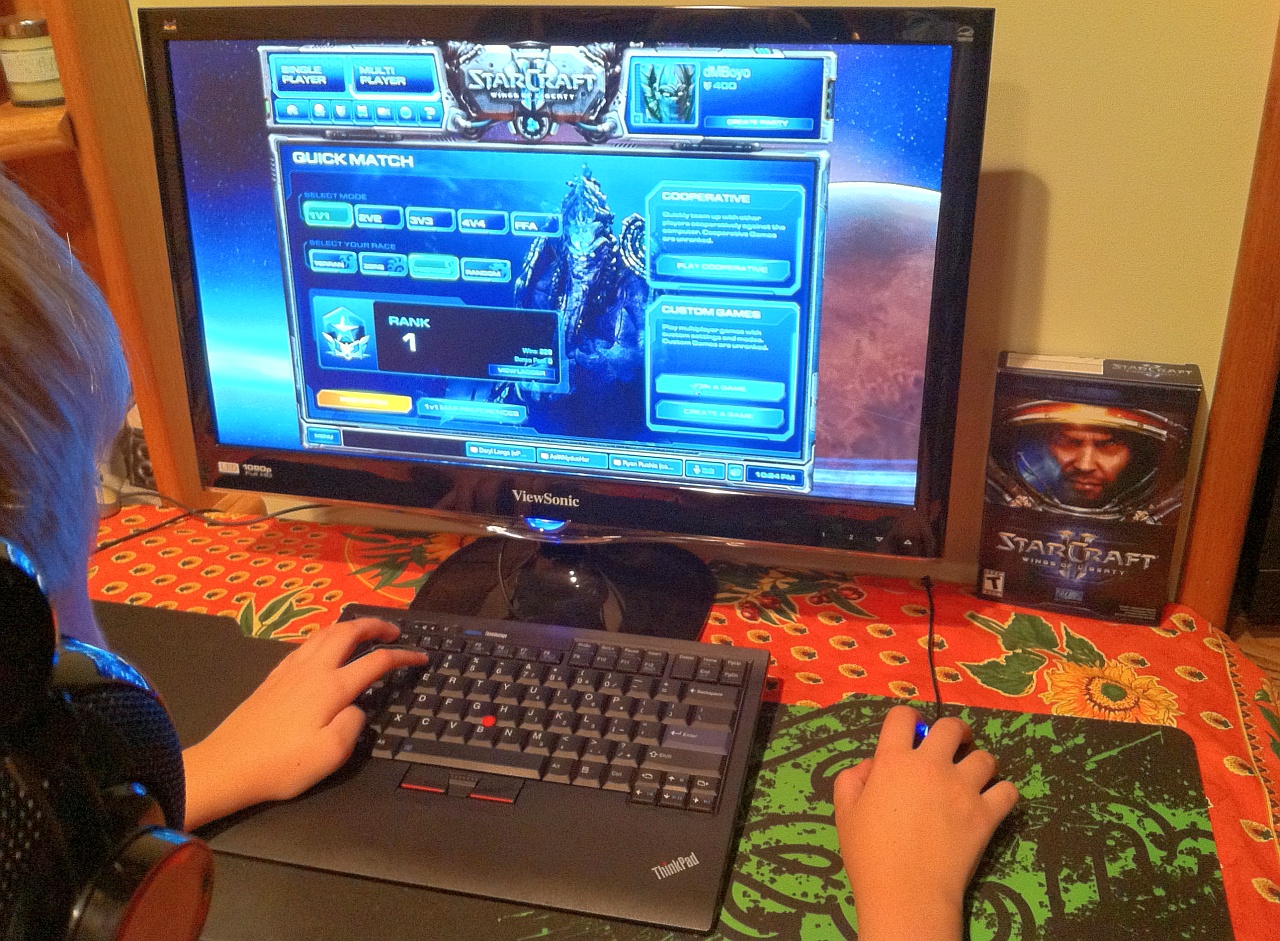
 Just like CPUs, there are also two companies to choose from when looking at graphics processing units (GPUs a.k.a. video cards): NVIDIA and AMD. NVIDIA cards focus on providing a 3D gaming experience to gamers via additional hardware. While 3D can seem like a gimmick to some, I was extremely impressed by Batman: Arkham Asylum at this year’s GDC using NVIDIA 3D. NVIDIA also
Just like CPUs, there are also two companies to choose from when looking at graphics processing units (GPUs a.k.a. video cards): NVIDIA and AMD. NVIDIA cards focus on providing a 3D gaming experience to gamers via additional hardware. While 3D can seem like a gimmick to some, I was extremely impressed by Batman: Arkham Asylum at this year’s GDC using NVIDIA 3D. NVIDIA also 